Information board St. Severus Church
The Franks and early Christians in Boppard
The impressive fortification walls of a late-Roman fort characterise the town centre of Boppard. In 406 AD, the Roman troops abandoned the fort and it became a purely civilian settlement.
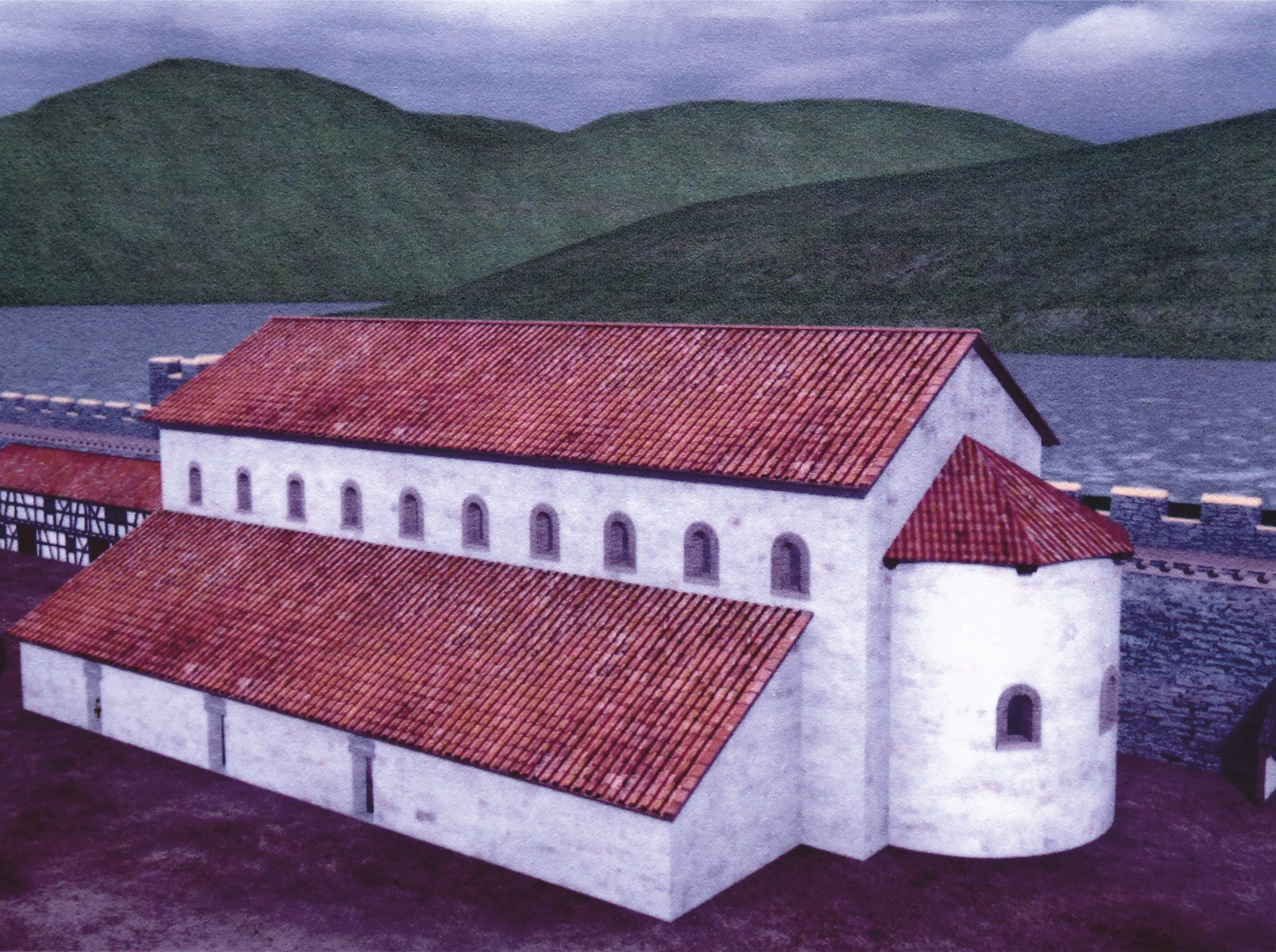
Photo 1 Evidence of Christian communities has been found in a surprising number of late-Roman forts. The early Christian churches were located within the antique fortification walls, intermittently fulfilling military functions and serving as a place of worship for the inhabitants of the fort.
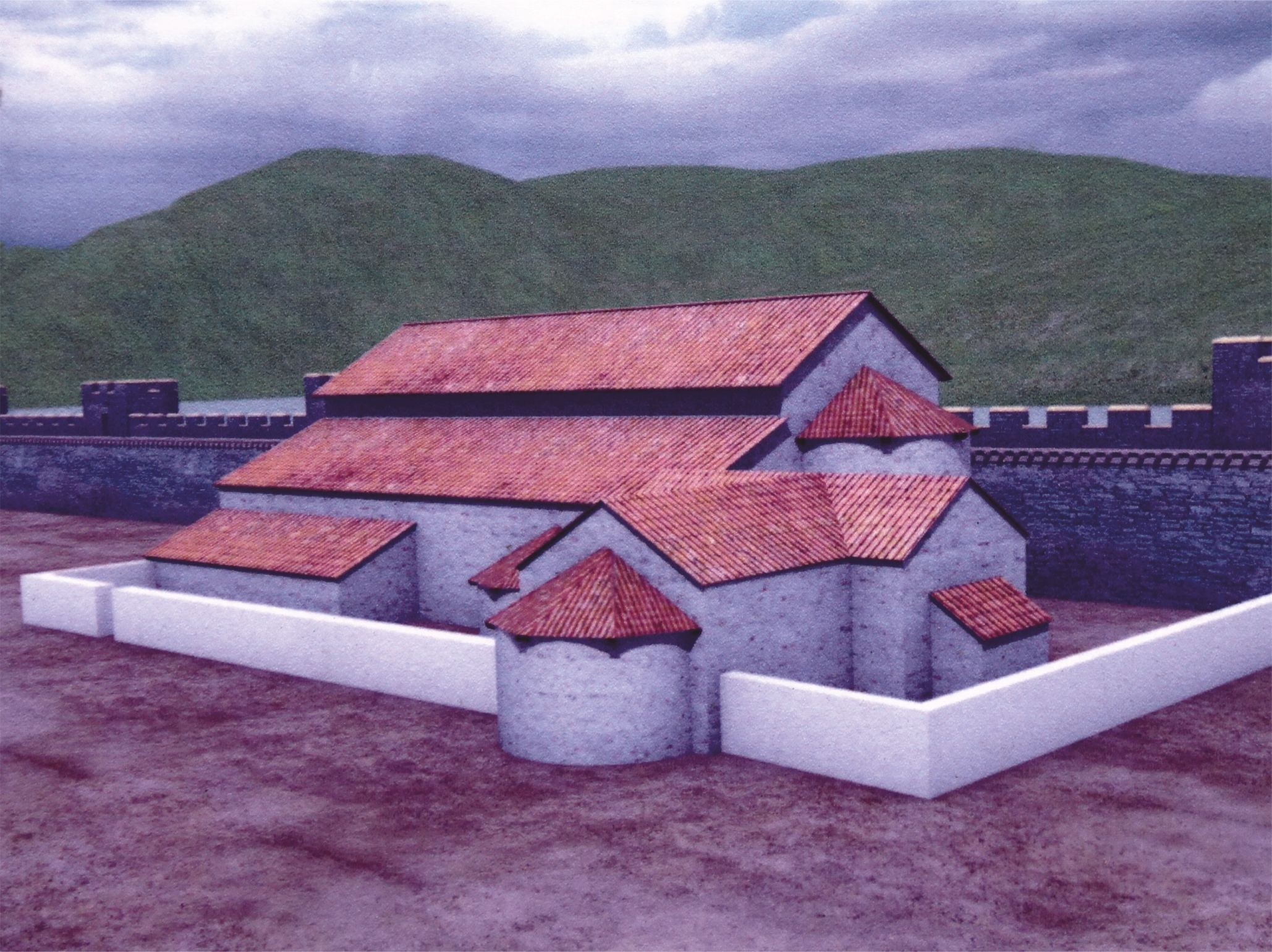
Photo 2 During archaeological excavations within Boppard’s St Severus church, the foundations of the Roman fort, a fort bathhouse and an early Christian church came to light. The civilian community used the site of the fort after the withdrawal of the military units and modified it for their own purposes.
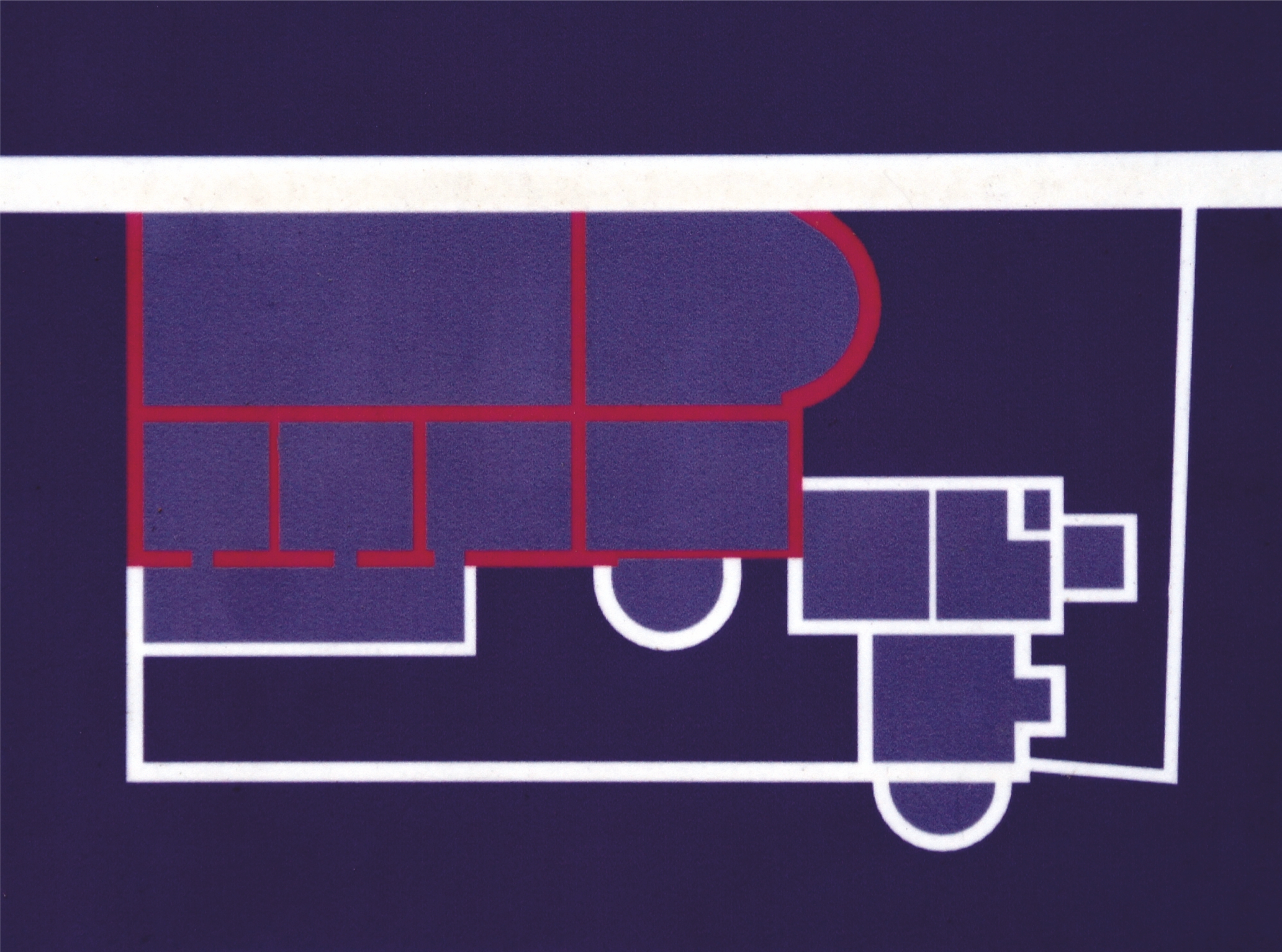
Photo 3 An early Christian parish church was built during the second half of the 5th century and was only replaced by a new construction in the 8th century. A Roman military bathhouse and the fort walls were cleverly turned into an early Christian basilica with a chancel and nave (red).
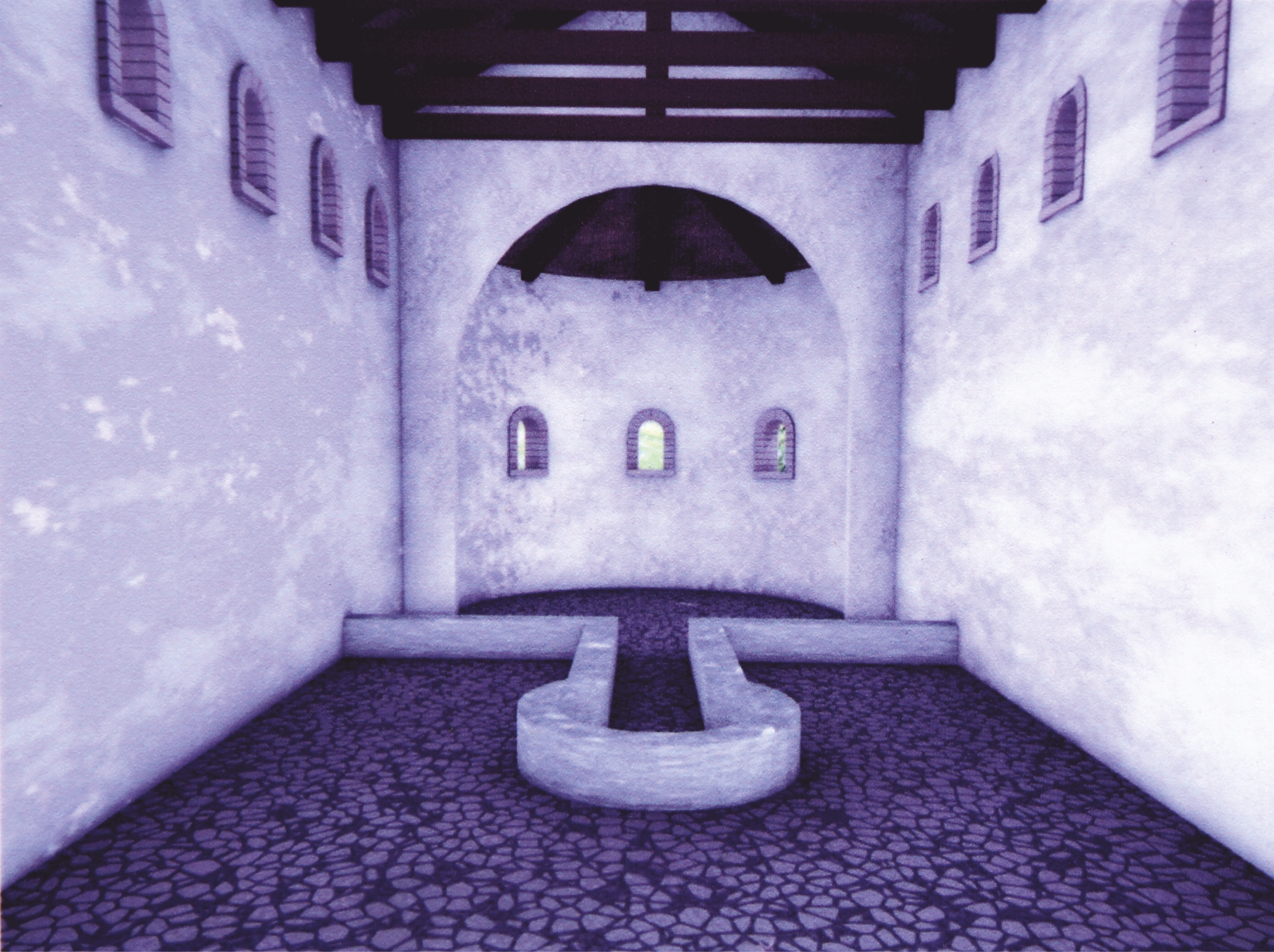
Photo 4 From the slightly raised chancel, a bordered walkway, also known as an ambo, led into the nave and ended in a round pulpit-shaped extension. The pulpit was not only used for preaching, but also for the presentation of the newly baptised to the congregation.
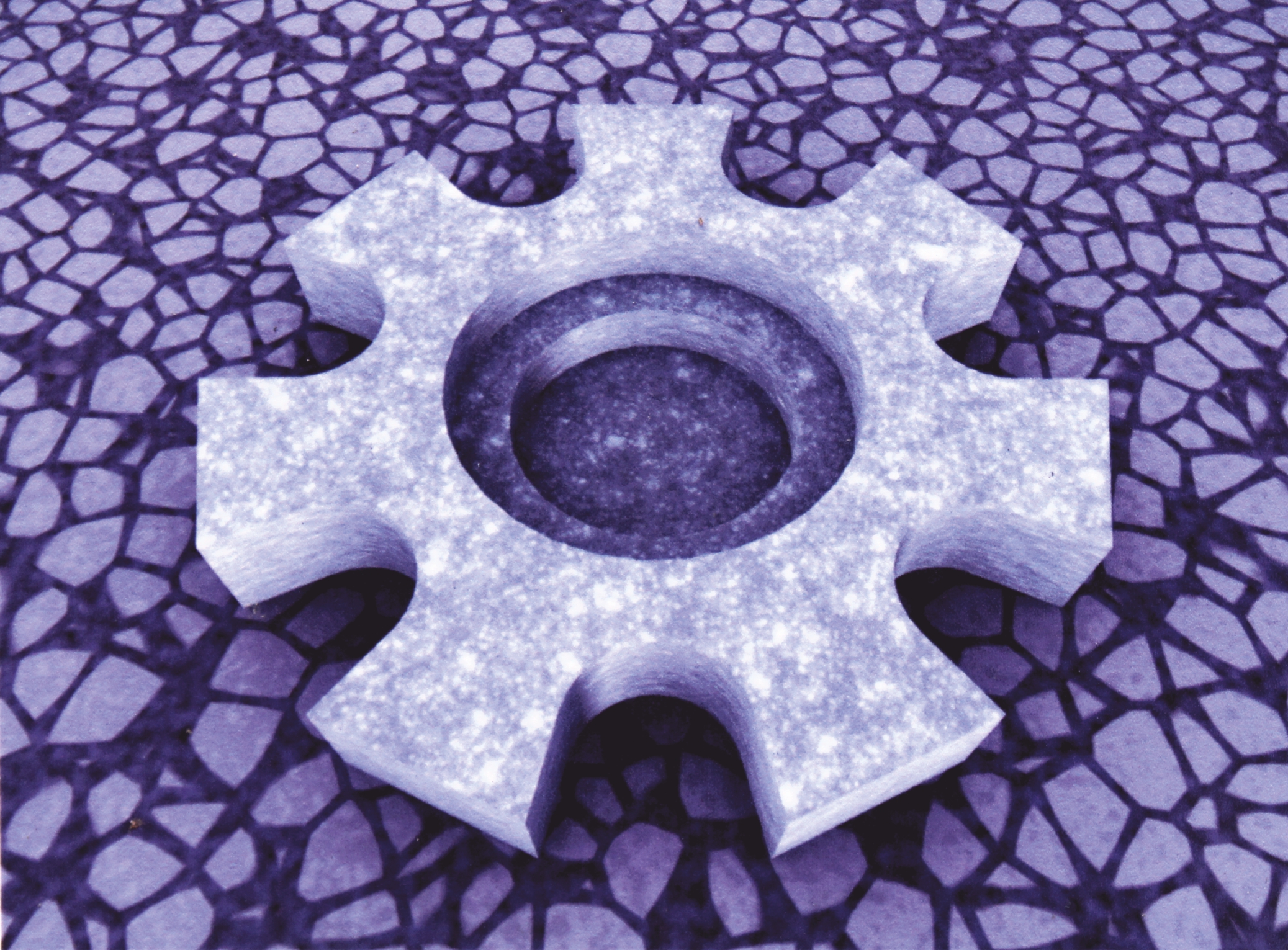
Photo 5 In the western part of the church, there was a baptismal font in a smaller chamber.
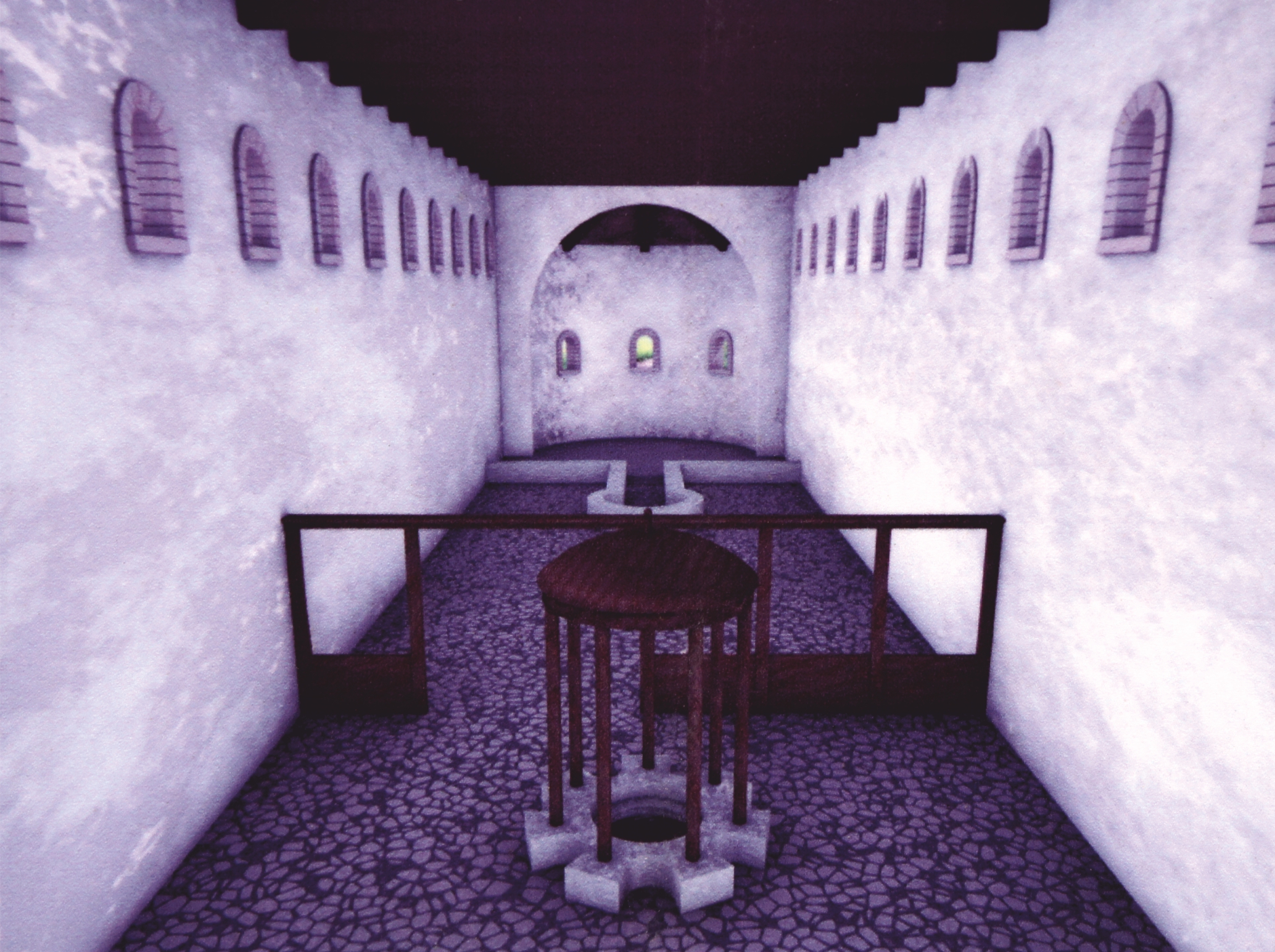
Photo 6 A sort of canopy enclosed the font. The early Christian basilica is evidence of a significant early-mediaeval settlement.
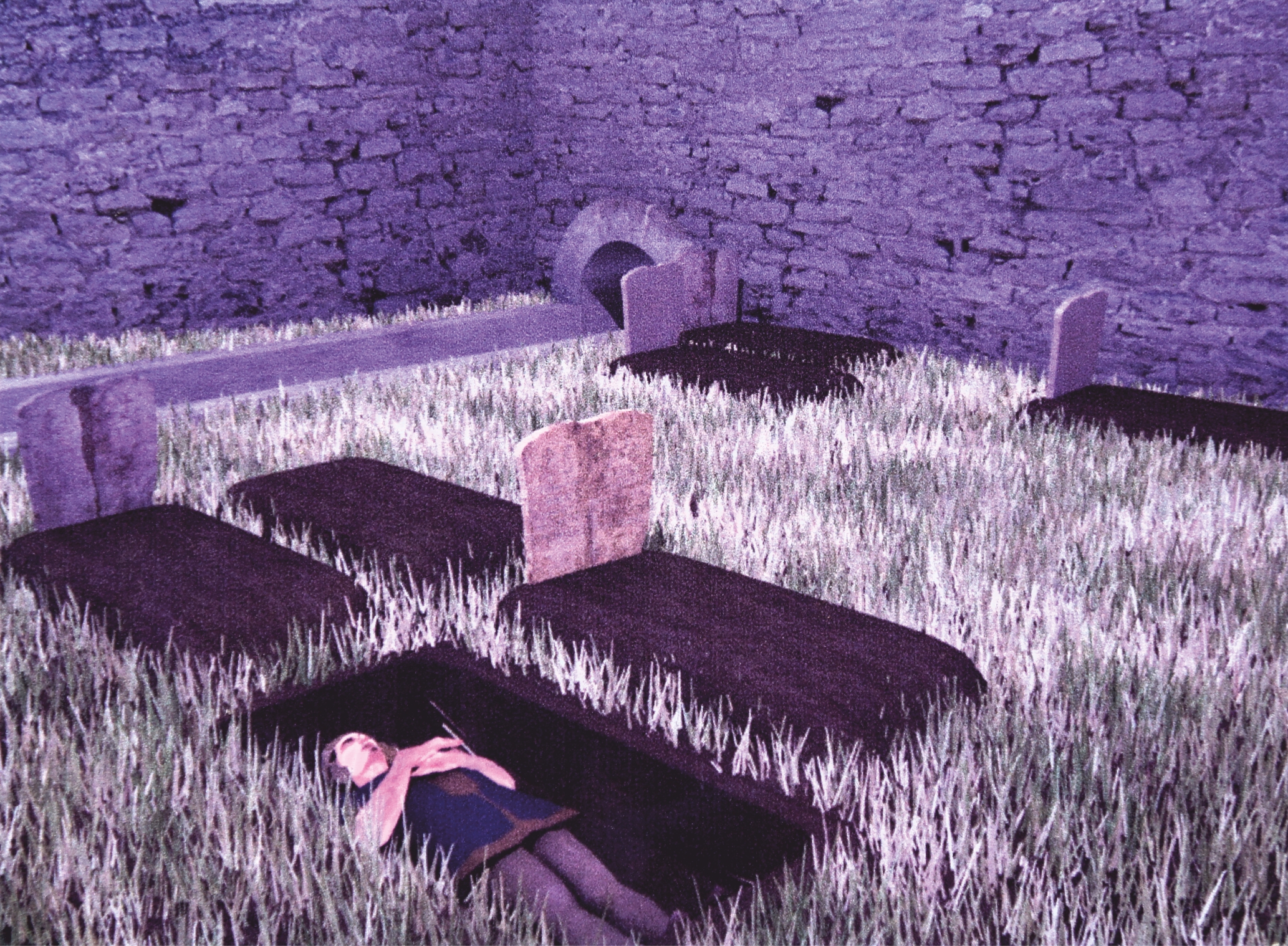
Photo 7 In the 6th century, the inhabitants of Boppard buried their dead in their attire and together with personal belongings to the south of the fort in graves that were walled or lined with stone slabs. The graves were aligned so that the dead lay with their heads towards the west and their conceived gaze towards the rising sun in the east. The names of the dead have survived on the headstones. One of the most significant headstones is that of Besontio and his niece Justiciola, which is located at the western wall within the church of St Severus.
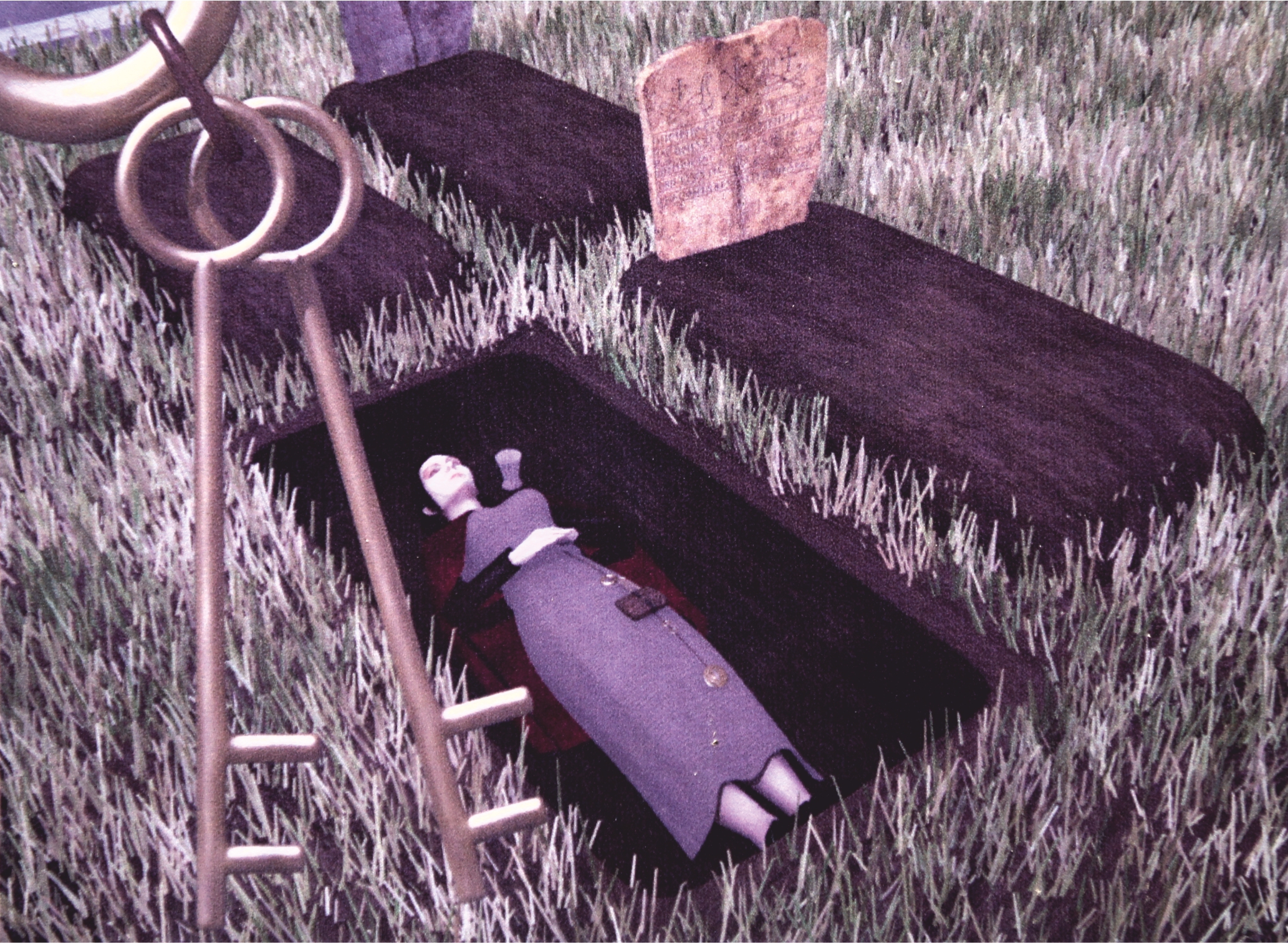
Photo 8 One grave was the final resting place of a rich and socially important woman and her possessions. The remains had been placed on a layer of boxwood leaves – a clear indication of Christian custom, which still involves consecrated boxwood branches today. In addition to the silver jewellery of the deceased, a chain with bronze keys wrapped around her hips is particular noteworthy. This sort of key charm was known by the Catholic Church in later centuries as “St. Peter’s key”.
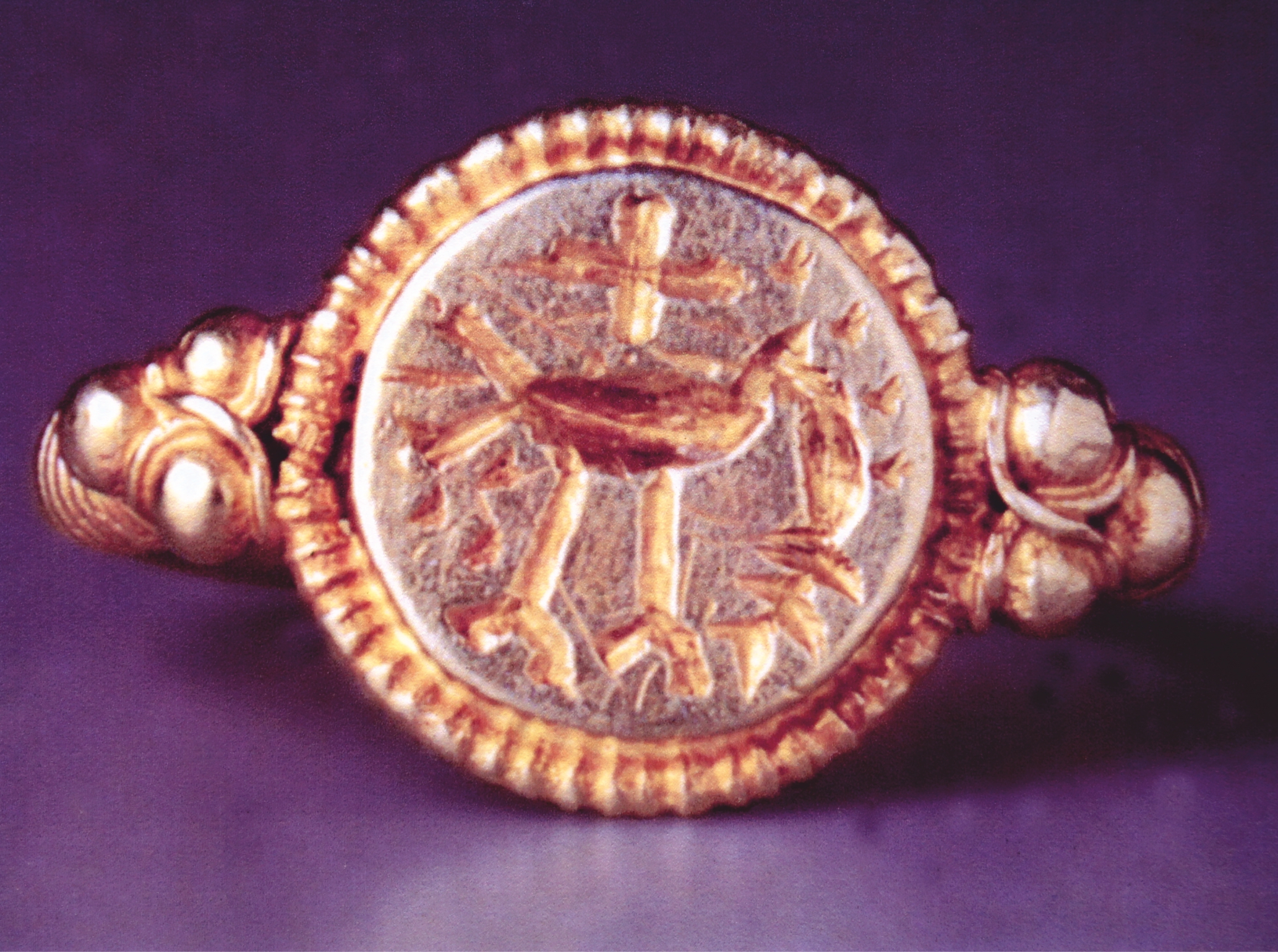
Photo 9 A gold ring was excavated from another grave that had obviously contained very rich goods, but which was unfortunately robbed in antiquity. The ring bears Christian symbols of a cross and a long-legged bird with a fish in its beak and is an important indication of the existence of the early Christian community.




















